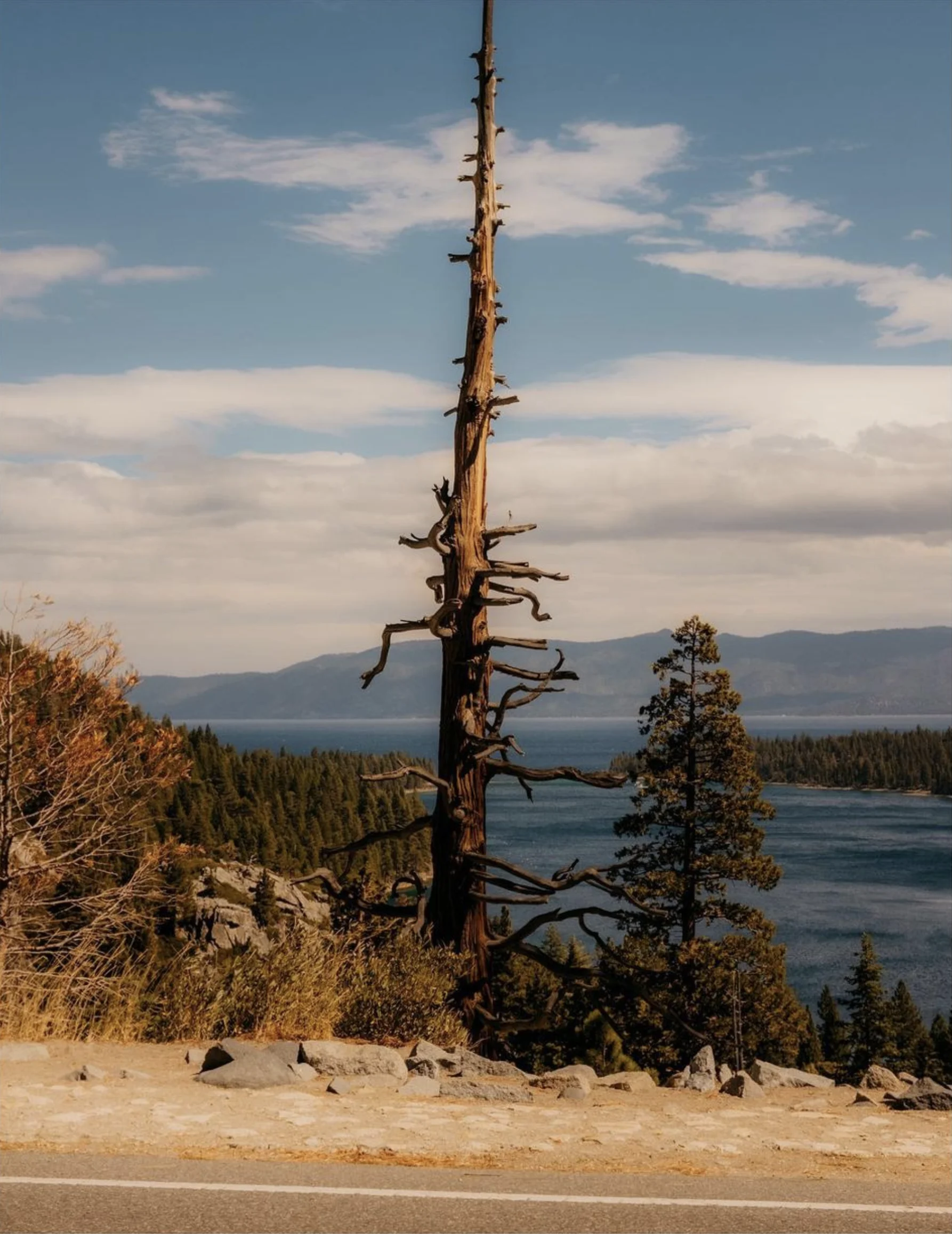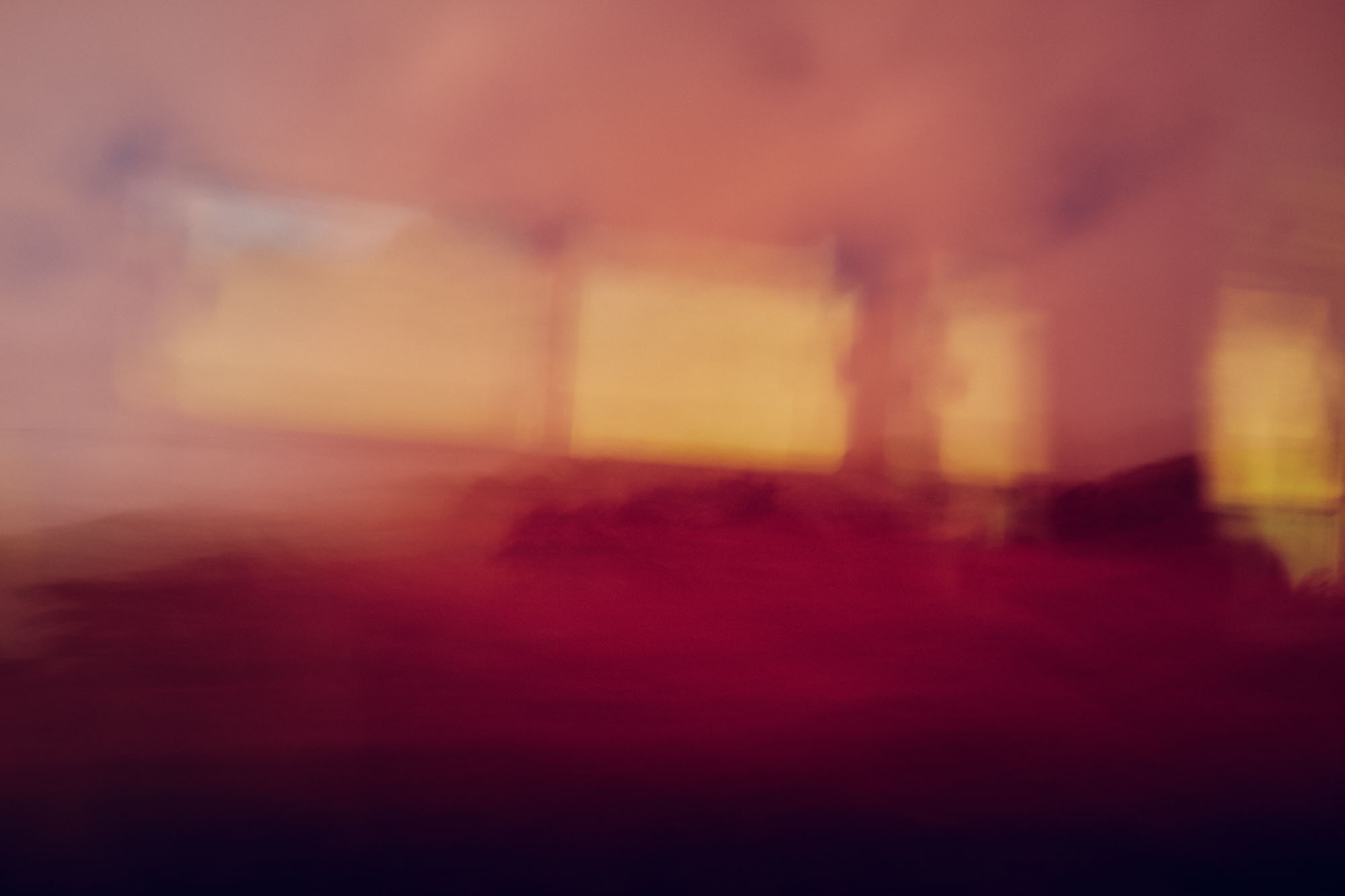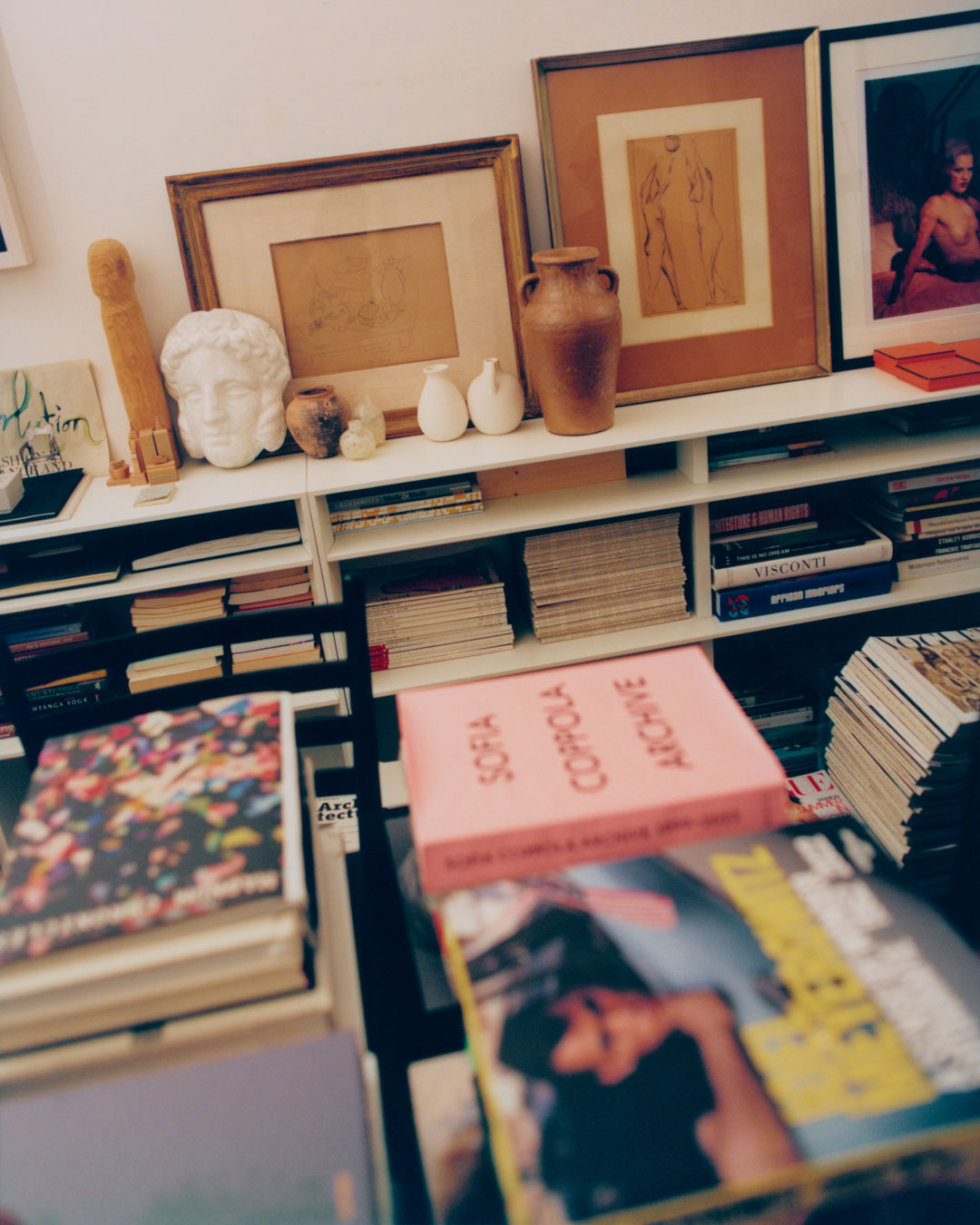PHOTOGRAPHY AS MEDITATION

Maximilian Virgili
We sat down with Berlin-based photographer Maximilian Virgili, to learn about his passion for travel and how nature and photography nurture in him a unique sense of peace. This short interview allows to fully appreciate Maximilian’s straightforward yet delicate and humble approach, both with photography and with words.

Browsing through your work we found a small collection of trees you photographed over the years. In all of the images there is a sign of human intervention: a road, a dry stone wall, a house. Is the relationship between natural and man-made something you look for when you travel?
Absolutely, I am always fascinated by traces humans leave behind in nature, unwillingly or willingly. I think a lot about how the world would look like, if humans never existed. It is so sad how we got used to the sight of trash or damages of our environment that we are responsible for. As for my photographic practice, it is a constant conflict because aesthetically I find a lot of beauty in it.


What is the aspect you enjoy the most when taking pictures of the natural world?
It just gives me a sense of peace that I don’t find anywhere else. I have trouble concentrating a lot because my mind races with thoughts a lot throughout the day, so being outside in nature is meditation for me. I often times listen to classical music – concerts, operas, choral etc. when photographing in nature. It feels very cathartic and spiritual.

In 2021 you travelled to Sicily and created a wonderful series of images that captures the unique light and colors of the island. How does the Mediterranean light differs form the light you are used to in Berlin? How does that impact the way you look at things?
The light in Berlin (if there is any) can be really beautiful at times, especially in the winter when it’s clear and cold – crisp and clear. But of course it’s a huge difference to the south. Often times it is not even the plain light, but the colours of facades and the reflections due to smart architecture that just really differ in southern Europe. In Italy for example, a lot of the houses are in painted in warm colours which multiplies that warmth. I heard once, that the city Noto in Sicily was built with the sun’s daily path in mind, so most of alleys and pathways face east and west or south, like a chess board, so there is always light coming through and reflecting throughout the day. It is also built facing up a hill, so even the ground floors get a lot of light. The right light definitely plays an important role in my practice. It can dramatize, emphasize – it can transform a scene or objects completely and just evokes a lot of emotion in me.

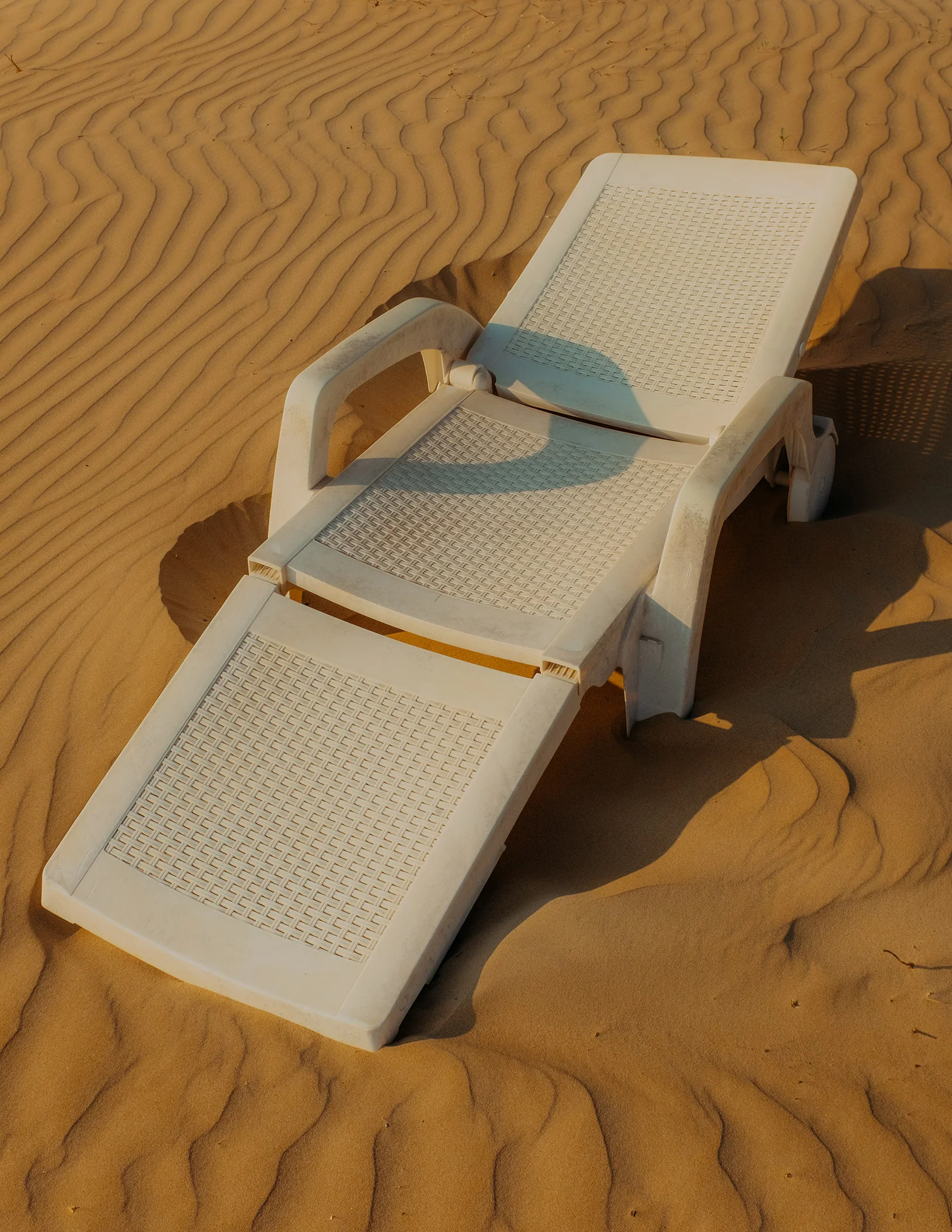
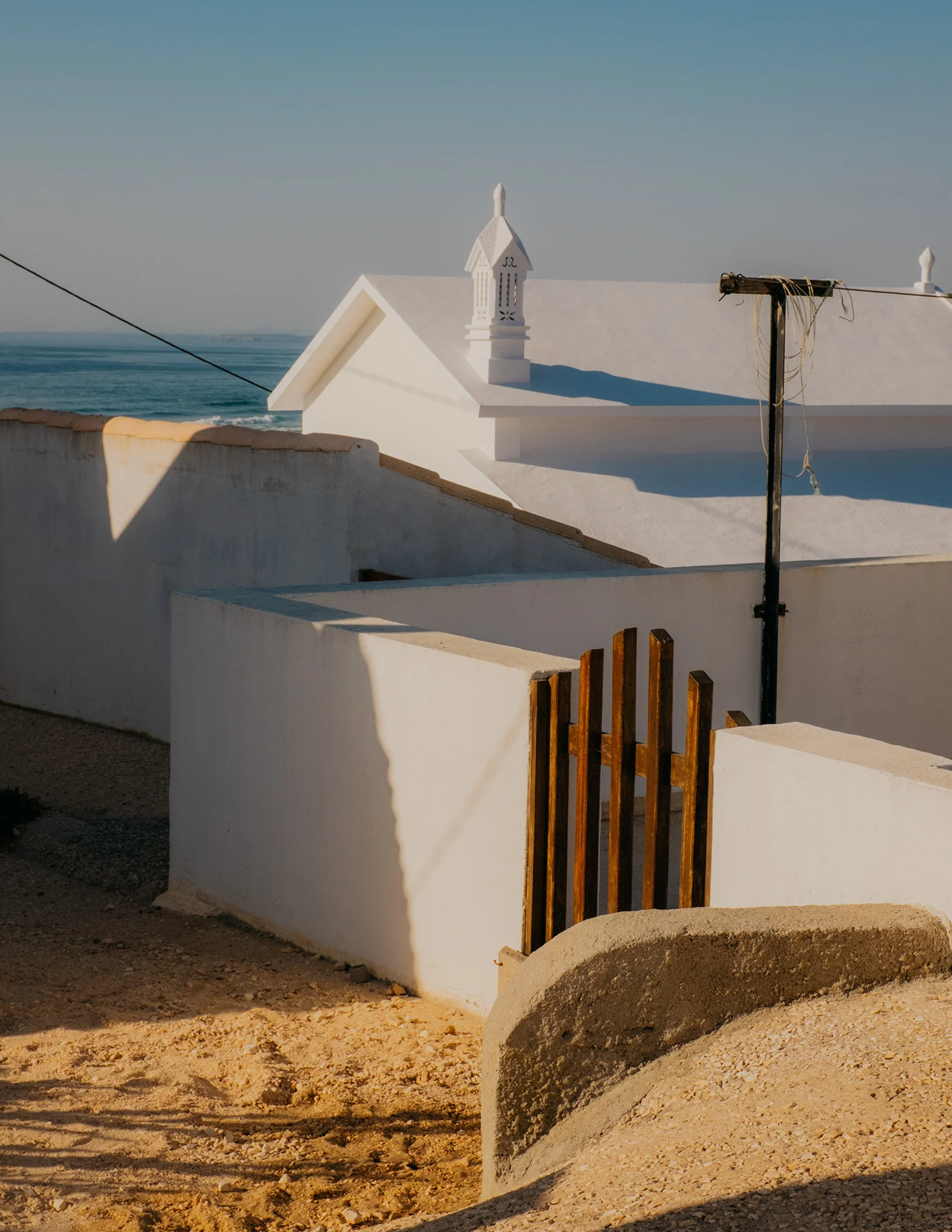
In the same year you published Out Of Office, a book collecting your travel images. The title suggests a series of dualities: indoor/outdoor, work/leisure, home/away. How do you find a balance between these aspects of life? What part of travelling you enjoy the most?
It is always tough to find that balance, because I am mostly drawn to what I don’t have in that moment. Too much work/too much at home, I want to be away – away for too long, I want to be back home. I try to be more in the present and less chasing what I can’t have in that moment. In terms of traveling, I enjoy experiencing the energy of another culture – food, architecture, art, nature, human stories. My aim is to get educated about the world, learning from history to understand the problems and possible solutions of today and the future.
Are you working on a second book?
I’m working on a second book at the moment, with my project CONCRETE PARADISE, a series that deals with construction sites in Berlin. I am also thinking about a second volume of my Out of Office book, I have a lot of new travel images from recent years.
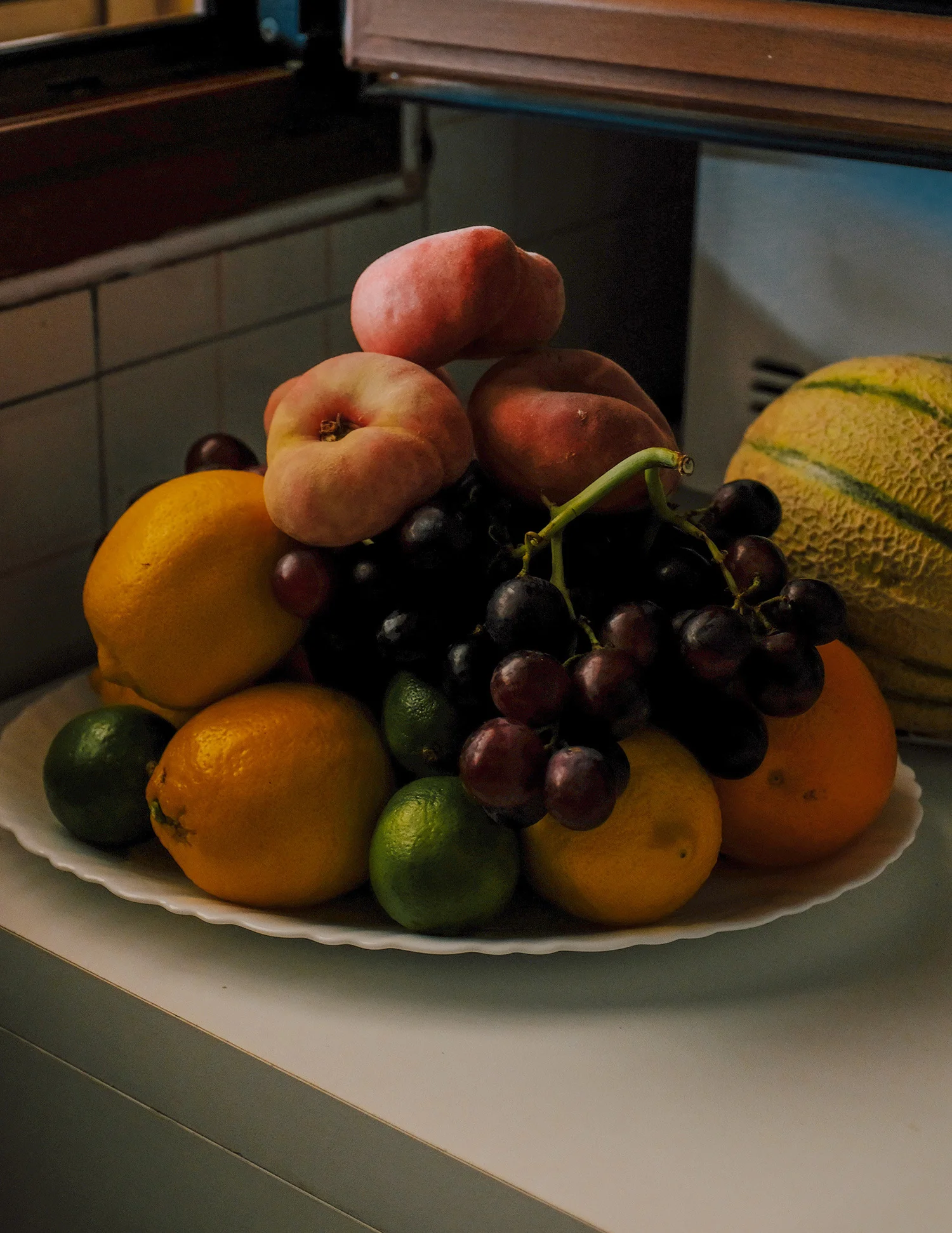
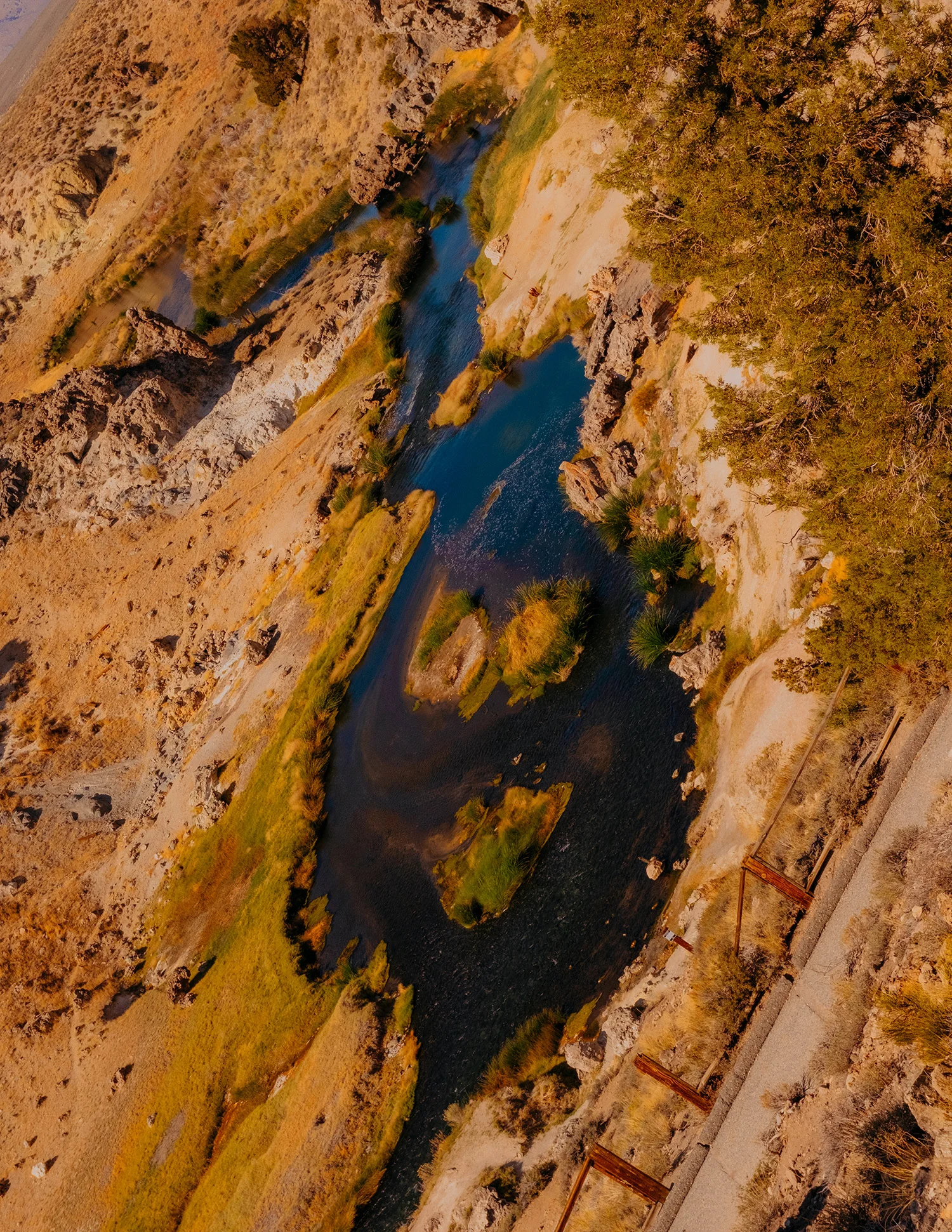
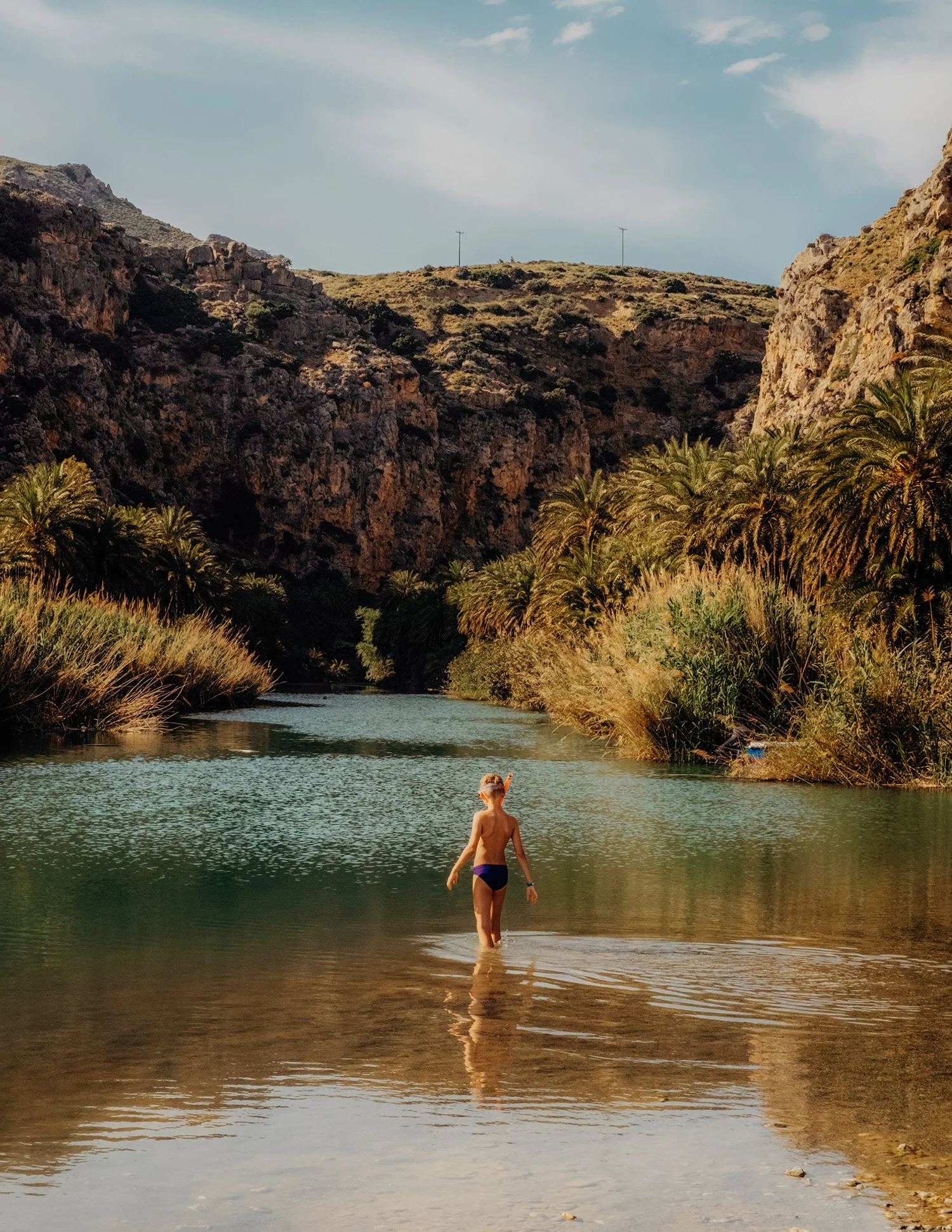
What kind of research you do before going for a new journey and what kind of photographic equipment do you take with you?
My research mostly focuses on food before traveling 🙂 But in terms of photographic input I let myself flow and don’t worry too much before I visit a place. I find it much more thrilling to explore places without knowing what to expect. My EQ is very basic, mostly small cameras with on-flash, so it’s handy and accessible (for my personal projects). Of course if I am on a commissioned project sometimes there is larger EQ.

Maximilian Virgili
Maximilian Virgili (1989) is a photographer who lives and works in Berlin, Germany.
After graduating from the University of Siegen with a Bachelor of Arts in 2013 he worked as an assistant to artist Peter Granser for a couple of months before settling in Berlin. His work is often focused on the trivial and the grotesque, the interference of humans with their environmental surrounding, between staging and coincidence. He loves vivid colors, all things graphical and flowers. Maxi’s photographs have been featured in various photographic publications. Selected clients include ZEITmagazin, Süddeutsche Zeitung Magazin, Monocle, Bloomberg Businessweek, Le Temps, FAZ Quarterly, iGNANT and more. He is represented by LGA Management.
In addition to his photographic practice, he has many years of experience working with print and magazines as a Photographic Editor, most recently he held the position of Director of Photography at ZEITmagazin until August 2022.


